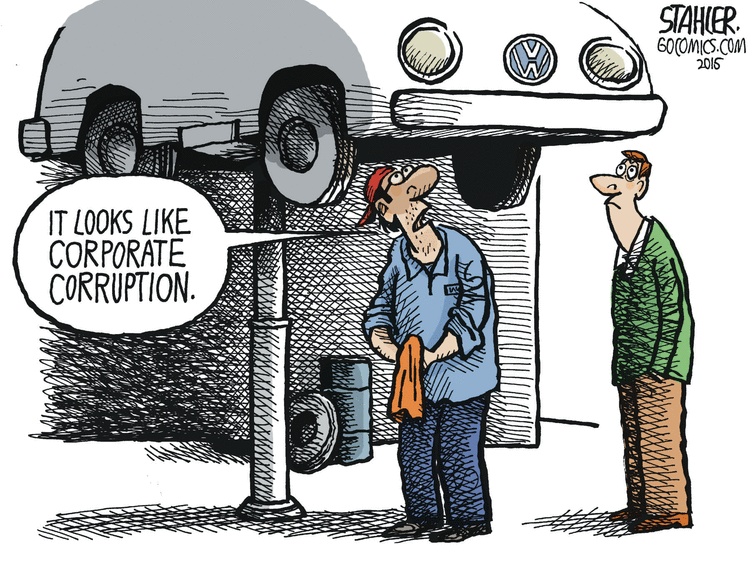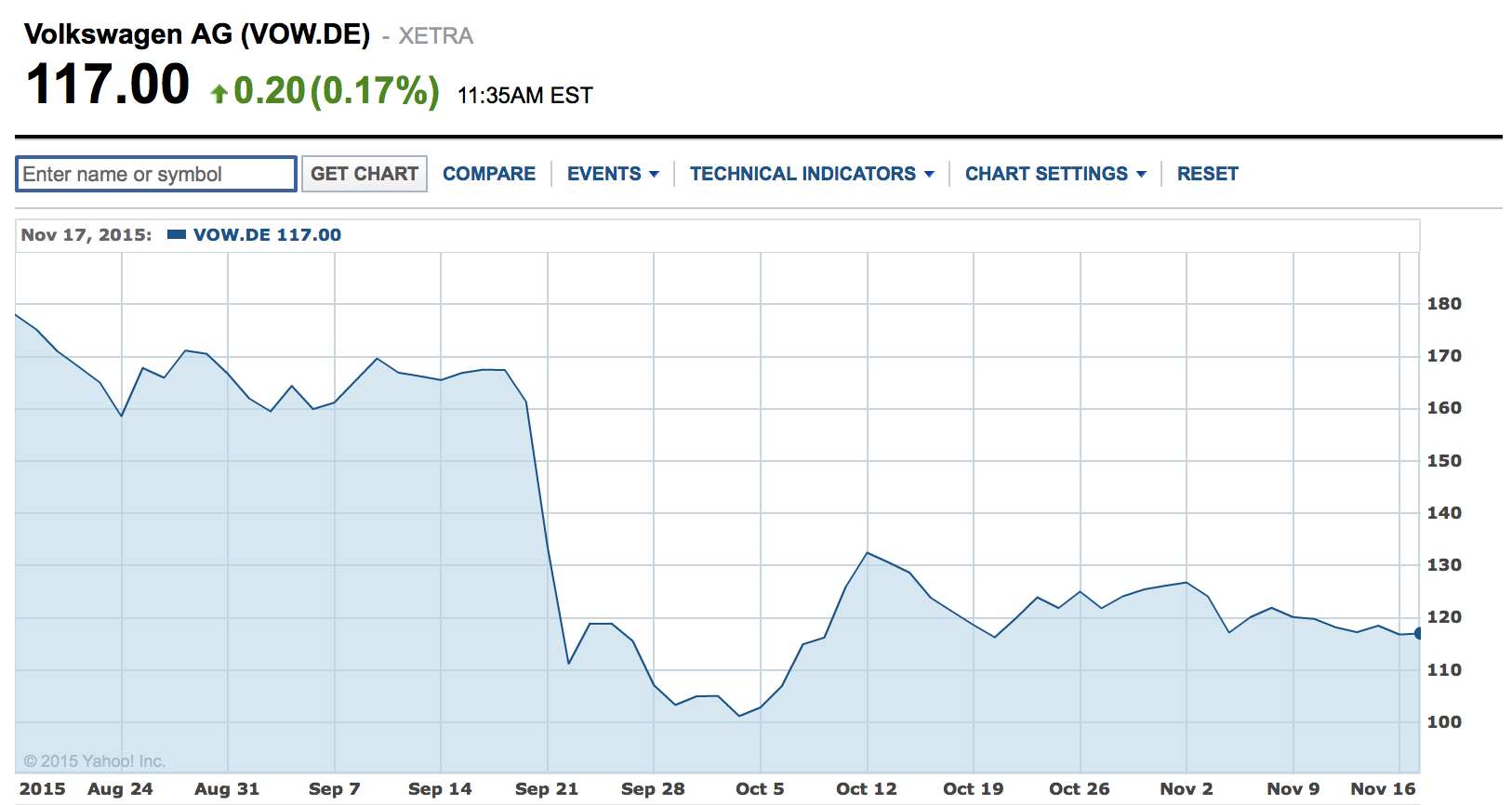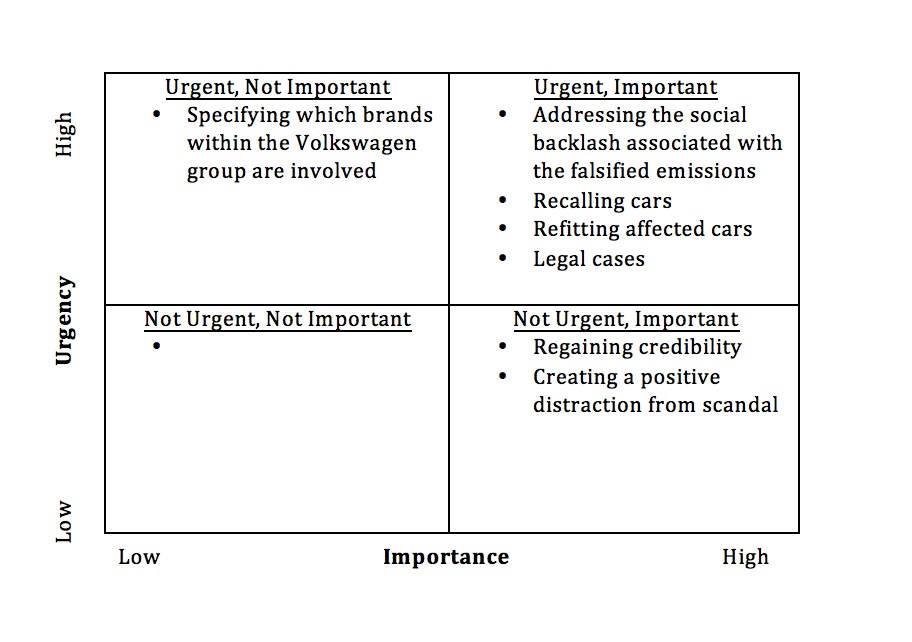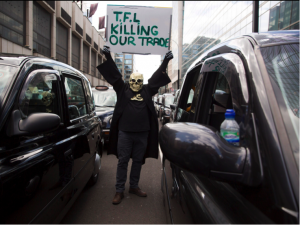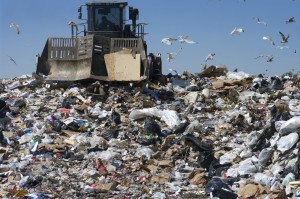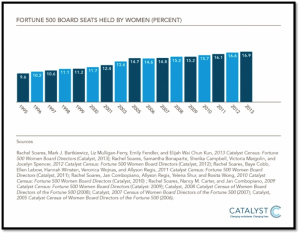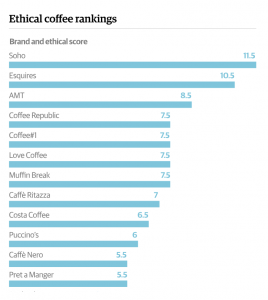Browsing through Bloomberg’s professional blogs, a post titled “Rothschilds tap Chinese thirst with first vintage champagne” caught my eye. As I have worked in the wine industry, I am well aware of the huge demand for Bordeaux red wine and champagne in China and Hong Kong over the past few years due to the increasing size of their middle class. Whilst growth in China has slowed, Rothschild is convinced that it won’t affect the sale of 2006 vintage, its first single-year vintage. Although quoted in the blog were the statistics that “exports of champagne to China fell 0.6 percent in 2014 to 1.62 million bottles” but that “shipments to Hong Kong increased 0.4 percent to 1.66 million bottles” (statistics from Comite Interprofessionnel du Vin de Champagne website).
Photo Source: http://www.thefrenchcellar.sg/wp-content/uploads/2015/10/mouton1.jpg
The Chinese middle class, who were once considered nouveaux riche, are now experienced and knowledgeable wine lovers according to the chairman of Champagne Barons de Rothschild, Philippe Sereys de Rothschild. However, I’m not so sure I would agree. Champagne Barons de Rothschild has allocated just fewer than 10 percent of its 2006 vintage champagne to Mainland China and Hong Kong, but with the decline in growth in China, it shall be interesting to see whether the chairman’s sales statement will hold true.
Sources:


